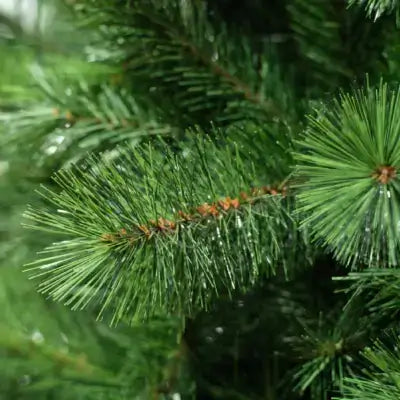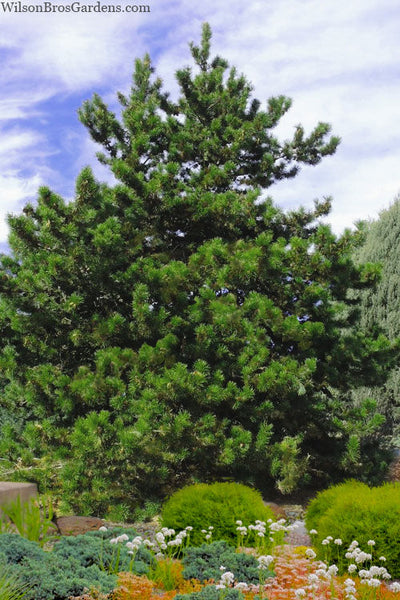The c (Pinus Echinata) is one of the four major commercial conifer species in the United States southeastern portion. Despite this, it is one of the least well-known of the great pines due to its wild and hearty nature.
Unlike the Virginia Pine, it has a wilder, more rugged appearance with more space between the branches. It is less amenable to pruning and shaping, but it can be a great asset to your garden or outdoor area with some imagination and planning.
How to Use Shortleaf Pines in Your Landscaping

If carefully arranged and cared for, the Shortleaf Pine can be a great asset as a shade tree or for creating a sense of space and depth in your garden skyline.
Wind Break
The Shortleaf pine is less well suited to planting in rows or for use as a windbreak due to its irregular shape and sparse canopy. However, these trees can be perfect with greater spacing and when used in areas where the wind is less of a concern yet where you might still benefit from reducing it. If, for example, you have a row of denser pines, shortleaf pines could make a decent out barrier for them since they are even more hearty than most other evergreens.
Shade Trees
It will take several decades for these trees to reach maturity, and it’s unlikely that any shade one such tree will offer to be significant. However, they can grow to staggering heights of 130 feet or more, making a mature Shortleaf Pine a genuine family heirloom.
Feature Use
Designing an area to feature a Shortleaf Pine will keep you busy as they can reach heights of 60 feet in just 25 years. With planning and space, they will make an excellent landscaping feature and serve as such early on in their life cycle.
How to Care for Shortleaf Pines
While these hardy trees may seem invulnerable to the elements, it can be easy to make mistakes that your trees will pay for sooner or later.
Light
The Shortleaf Pine prefers more light than most pines. Full sunlight is best, though they will likely survive any climate once established.
Soil & Spacing
Shortleaf pines that are expected to grow to full height should be placed at least 20 feet apart, ten feet, if they are to be pruned annually.
Water
Younger Shortleaf pines should be given around one to two inches of water each week. They should be planted in loamy or otherwise well-draining soil.
Heat & Humidity
These trees prefer humid, well-lit areas. They do well in Northern Florida and all along the southern coast. But they will do well almost anywhere as long as they get good sunlight and water at an early stage.
Fertilizer
High phosphorous fertilizer is best for these trees at an early stage to stimulate root production. Adding acidic fertilizer after the first or second year will help them to achieve maturity.
Growing Shortleaf Pine trees will give you many years of satisfaction. They are an excellent way to prepare a beautiful outdoor area that will be enjoyed for generations.



